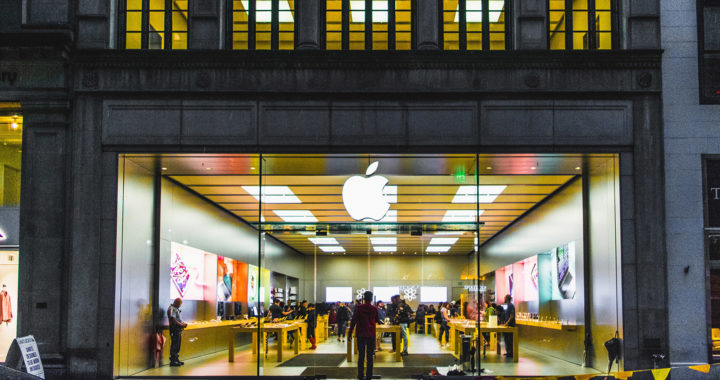Products from Apple seem to have low differentiation when viewed from the surface. After all, in taking into consideration alternative products from its competitors, common categories of consumer electronic products, software applications, and digital services offer the same general use cases. This does not mean that the company does not have a differentiation strategy. A closer look at its products provides insights into their unique value propositions.
Elements of the Differentiation Strategy of Apple: Understanding How the Company Differentiate Itself and Its Products from the Competition
The differentiation strategy of Apple involves several considerations to make its products stand out from alternative products and even product substitutes. This is a critical aspect of its business strategy because it serves markets with a monopolistic competition market structure. These markets are characterized by the intense competition of several firms offering similar albeit differentiated products for a large target market.
Nevertheless, to differentiate itself and its products from the competition, as well as to promote its competitive advantage and manage the different competitive forces within the markets which it serves, the company has taken measures and implemented tactics. The following are the elements of the differentiation strategy of Apple:
1. Premium Brand Image
The company positions itself as a brand that offers high-end or premium products to the market. This is coursed through its promotion strategy and the premium pricing strategy of products such as the MacBook and iPhone smartphones.
It is important to highlight the fact that the company is notorious for offering products that are pricier than alternative products. Nevertheless, despite this pricing strategy, ownership of its product exudes some degree of social status.
2. Minimalist Design Philosophy
Another element of the differentiation strategy of Apple is the design philosophy it uses across its range of products such as its personal computers, smartphones, other consumer electronic devices, operating systems, and software applications.
Part of its marketing mix and specific product strategy is to implement minimalism but elegance in its design to promote a straightforward and unified user experience while exuding the same premium branding without compromising functionalities.
3. Hardware-Software Integration
Products like Mac, iPhone, and iPad are optimized to run their respective operating systems and software applications. The company is known for its strong hardware-software integration that makes its products perform and work better than most of its competitors.
This has been made possible because the company designs its own hardware and software. Ensuring close coordination between research and development activities and production processes is also a key component of its supply chain strategy.
4. Closed Product Ecosystem
Another factor that differentiates Apple from its competitors is its well-known Apple Ecosystem. The company has built a closed product ecosystem through complete control over the hardware specifications and requirements for software applications.
Of course, while the aforesaid product strategy would not work with other firms, Apple has taken advantage of its ecosystem by developing products that complement one another. It makes sense for most consumers to own multiple Apple products.
5. Retroactive-Proactive Approach
The company is a game-changer as evident from the numerous instances in which it disrupted markets and industries. Consider how its iPod and iTunes disrupted the music recording industry and changed the way people consume and listen to music.
Apple approaches product development through retroactivity and proactivity. It takes cues from existing products, technologies, and trends in the market and improves them further to make products that are innovative but with pronounced utilities.
6. Focus on Retail Experience
Most Apple products are sold in its direct retail stores and other authorized retail stores located across the world. Some are sold through wholesalers and other third-party retailers such as branded retailers, big box stores, and network carriers.
The Apple-operated stores and third-party authorized retailers are not just about selling products. These distribution channels are instructed to focus on elevated customer experience and after-sales services for maintaining brand loyalty and sales amplification.






